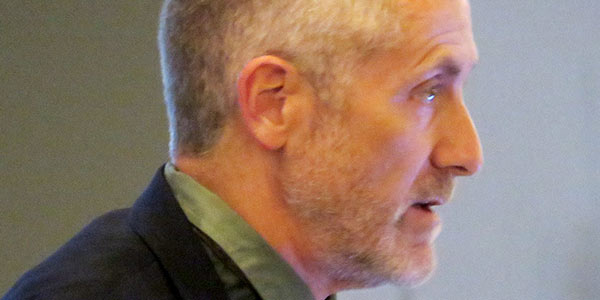By Rich Heidorn Jr.
Phase 2 of NERC’s Standards Efficiency Review has narrowed its focus to four tasks, tabling two others for potential work by other committees, members of the Phase 2 team said last week.
In a June 17 conference call, the team said it would focus its work on the four initiatives that received the highest response from stakeholders in polling that concluded March 22. (See “Team Reviewing Feedback on SER Phase 2,” NERC Standards News Briefs: May 8-9, 2019.)
The team’s decision followed a June 11 meeting with the SER Advisory Group and FERC staff.
“There was a discussion with the Advisory Group on how [SER] Phase 2 is much different than Phase 1. We’re looking more holistically and long-term at ideas that can streamline things going forward, not necessarily individually at the requirement level,” said SER Phase 2 Chair John Allen, manager of reliability compliance for the City Utilities of Springfield (Mo.). “I thought there was good support from the Advisory Group and at least no indication from FERC staff that we were heading down a road that was not viable.”
The top two priorities — changes to the evidence-retention rules and consolidating information/data exchange requirements — are expected to be completed this year.
The team also will tackle a proposal to move “competency-based” requirements from standards to guidance documents and developing a risk-based standards template; those efforts are likely to extend into 2020, team members said.
“There’s a lot of work that was already done on … evidence retention, so there was a good baseline to start on that. On the data and information consolidation, it’s pretty cut and dried, straightforward,” Allen said.
“These other two are shifts. We’re putting these ideas out there to say, ‘Here’s how we do it today. How can we do it more efficiently going forward?’ To make that successful, we’ve got to get all the right stakeholders together.”
The SER team declined to work on relocating competency-based requirements to the certification program/controls review process, which will be transitioned to the Compliance Certification Committee or the Organization Registration and Certification Programs (ORCP).
It also is dropping an initiative on consolidating and simplifying training requirements. A subgroup of the Phase 2 team “is talking about potentially drafting a [standards authorization request] for the training concept,” said Chris Larson, NERC manager of standards information.
Reducing the Scope of Work
In working on the prototype standards, Allen said, the SER team should “find some way to try to reduce the need or the scope of the work for a future Standards Efficiency Review or Paragraph 81 or whatever you want to call it — a cleaning up of the standards.”
Paragraph 81 is a reference to FERC’s March 2012 order on NERC’s Find, Fix and Track process, in which the commission told NERC it would welcome proposals to revise or remove reliability standards or requirements that are redundant or add little protection to system reliability (RC11-6, et al.).
“If we can put ourselves on a better path going forward where we don’t have to do this every five years, we’ve done some good work,” Allen continued. “That’s really what we’re going to look to in the prototype standard — is how to put some tools out there going forward to help have a more efficient product where we don’t have to go and clean them up every few years.”
“I’ll second that concern,” said John Pespisa, an Advisory Group member from Southern California Edison. “[The] key to not doing this again in the near future is bringing that key concept into this process.”
Randy Crissman, senior reliability and resilience specialist for utility operations at the New York Power Authority, said there is a need for a “communications strategy.”
“How do we help facilitate the adoption and implementation of that type of an approach? It’s going to be a pretty big lift, but if we don’t try it, it will never happen.”




